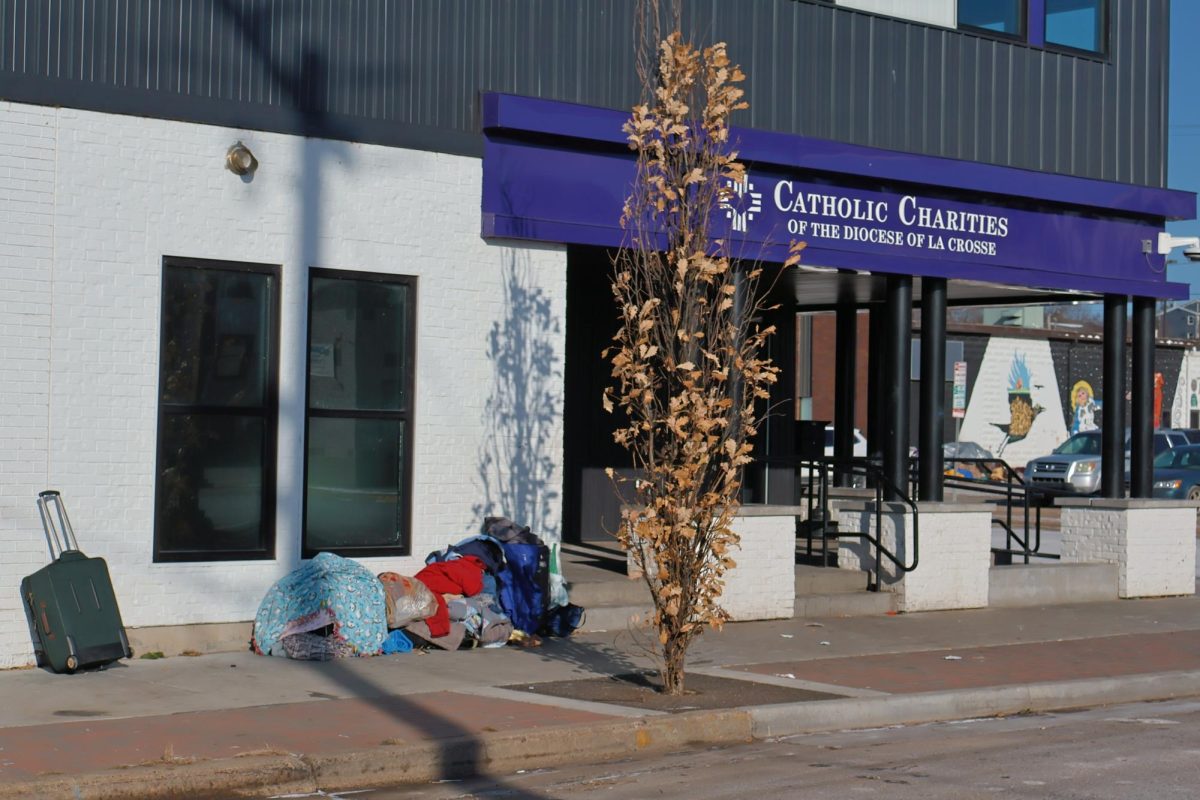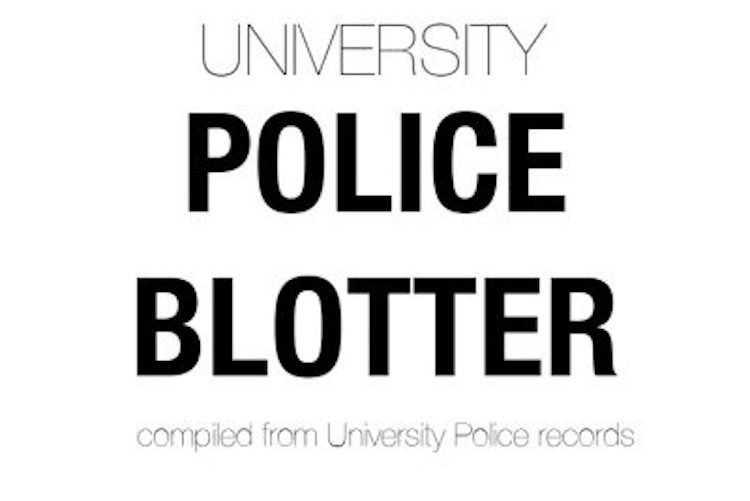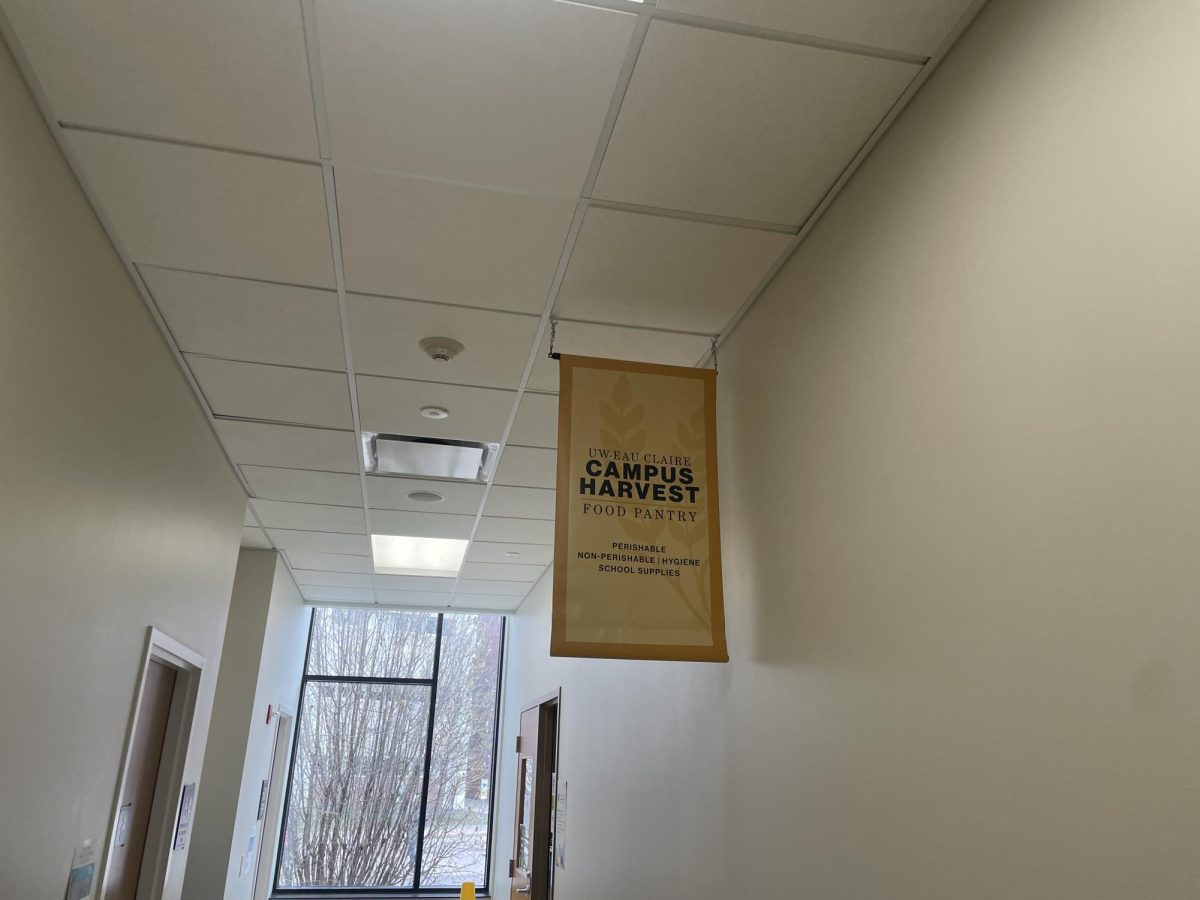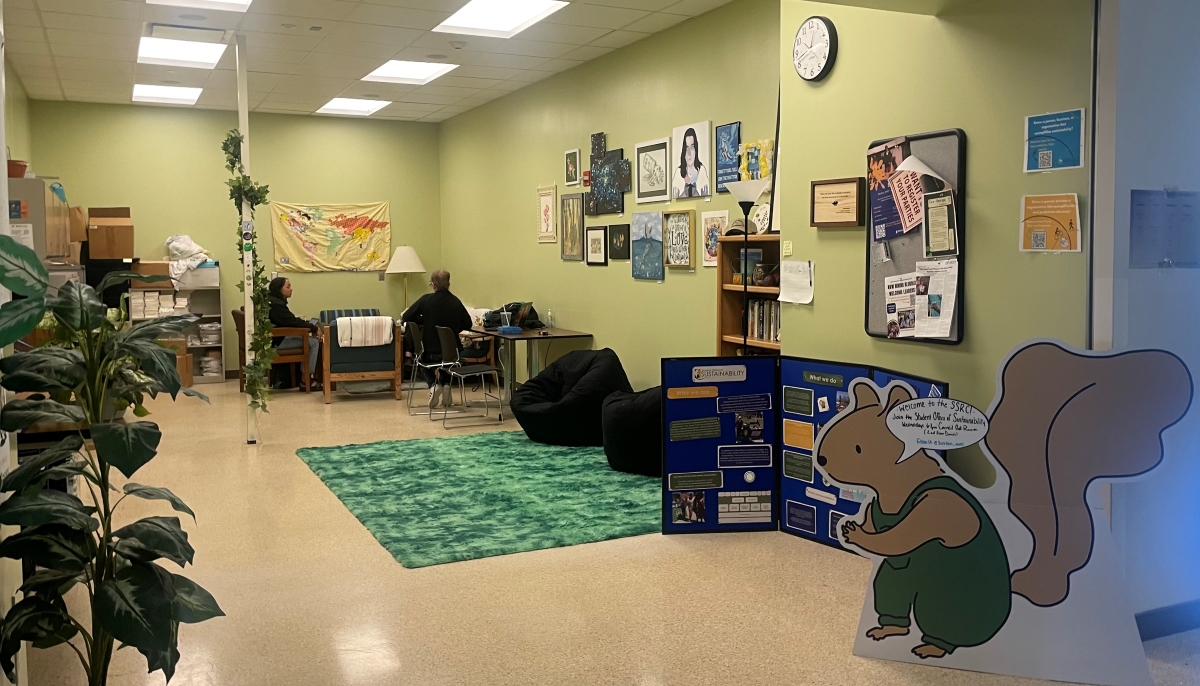The university will soon be “turning over a new leaf” as the senate, as of last Monday’s meeting, approved an allocation of more than $130 thousand from the campus green fund for the 2011-12 academic year.
The allocation — which passed by a sweeping vote of 24-1-1 — will serve to fund 12 projects on campus, as recommended by the Environmental Endeavors Commission. The projects will cover such areas as ecology, energy, and the conservation of water – all aimed to improve the sustainability of the university.
“We’re really excited about this,” said senior Ben Ponkratz, director of the EEC. “There’s always been potential here, and now we can finally execute it.”
The projects were proposed to the EEC by students and faculty last year; after the allocation was granted, Ponkratz and the rest of the commission chose the twelve most promising. The projects awarded funds, Ponkratz said, will begin almost immediately.
They will also be expected to stay in regular contact with the EEC to ensure their proposed goals are being adequately met, he said.
“We (the EEC) received a lot of proposals from a lot of different people and campus organizations,” he said. “It really shows what we wanted to accomplish: to provide a resource to people to help create a more ecologically-friendly campus.”
One of the projects funded was the ‘Campus Garden’ proposal made by the Foodlums food club. The issued fund will go towards raised soil beds in the Phillips courtyard garden, which,accordingtotheorganization, will help vegetation become more plentiful and accessible.
Aside from that, a full-time garden manager will be hired; honey bees and fruit trees will also become available.
“We’re super excited about this,” said senior Briana Odegard, secretary of Foodlums. “The funds will not only improve the campus garden, but also increase education opportunities for students in that department.”
Other projects that were granted funds include LED lighting in Higherground and an adoption on Little Niagara Creek — a study that will measure and monitor the pH and pollution level in the creek as the Davies Center renovation gets underway.
Funding for the projects was made possible through the green fund — a $10 student segregated fee per semester — which was established by referendum in 2009. The fund is the largest such fund of any UW school in the state, Ponkratz said.
Above all, he said, he feels lucky for the support and eagerness from the campus and community to lend a hand in improving the school’s ecology. The allocation and projects are a great start, but, more than anything, serve as potential for what lies possible in the road ahead, he said.
“Our main goal, really, is for people to see us as a gateway to environmental sustainability on campus,” he said. “We welcome anyone to propose a project, whether it’s another waste management one or an environmentally-conscious art project.”
“Wehopethattherollout will make a splash on campus; people can say, ‘Hey! There is a budget for something like this!’” he went on to say. “Take cool ideas and fan the flow with money – that, I hope, will really catalyze enthusiasm with everyone.”






